- Learning time
- 10 minutes
- First play time
- 30 minutes
My City: Roll and Write
Designed by: Reiner Knizia
Following on from it’s big sister My City, the roll-and-write version (also published as Roll and Build) follows a similar but speedier path: over 12 games (or episodes), each one with slightly tweaked rules to previous episodes, players compete in a campaign of building a city on their own personal gameboard. Each game takes about 15 minutes, but once you’ve played the entire campaign you can start over: in the box is a big pad of game ‘boards’ that you can draw on – literally.
To begin, each player takes a sheet of Episode 1 – a map, upon which you will ‘build’ – and pen or pencil with which to draw on it. This opening episode couldn’t be much simpler: someone rolls the three dice, which tell you what shape to draw on your map and how to fill it in: there are three types of building ‘type’ (filled-in, striped, starred: see pics) and the two other dice join together to tell you what shape to draw your building. The first one must start somewhere next to the river, and each new building must be adjacent to pre-existing buildings.
Points are scored in fairly straightforward ways: your biggest group of matching buildings of a type (ie the buildings all connect to each other) will score a point for each building in that group. You’ll score points for trees you didn’t build over, and lose points for any empty spaces and rocks not built over. That’s episode 1, anyway, but as indicated above episodes 2 and onwards introduce small but important rules changes and additional ways to score – which we won’t go into here in order to avoid spoilers. Winning an episode gives you two points, losing gives you a small bonus to add to your map, and after all 12 episodes are played the player with the most points wins.
The guru's verdict
-
Take That!
Take That!
None to speak of. Players don't have any effect on each other's maps or influence decisions.
-
Fidget Factor!
Fidget Factor!
As long as it takes for someone to decide where to draw their next building. Usually, that's reasonably fleeting.
-
Brain Burn!
Brain Burn!
High enough to matter, low enough to not stun you like a rabbit in the headlights of a decision. Tactically it's about squeezing as much as you can into your city, whilst grouping buildings together, covering rocks and not leaving too many empty spaces. There is luck, too, in what shapes the dice throw up and when.
-
Again Again!
Again Again!
The entire campaign gives a couple of hours of speedy game time, broken into very manageable chunks. But as intimated above you can play the campaign over and over - the new rules are no longer a surprise, but the challenge is still there.

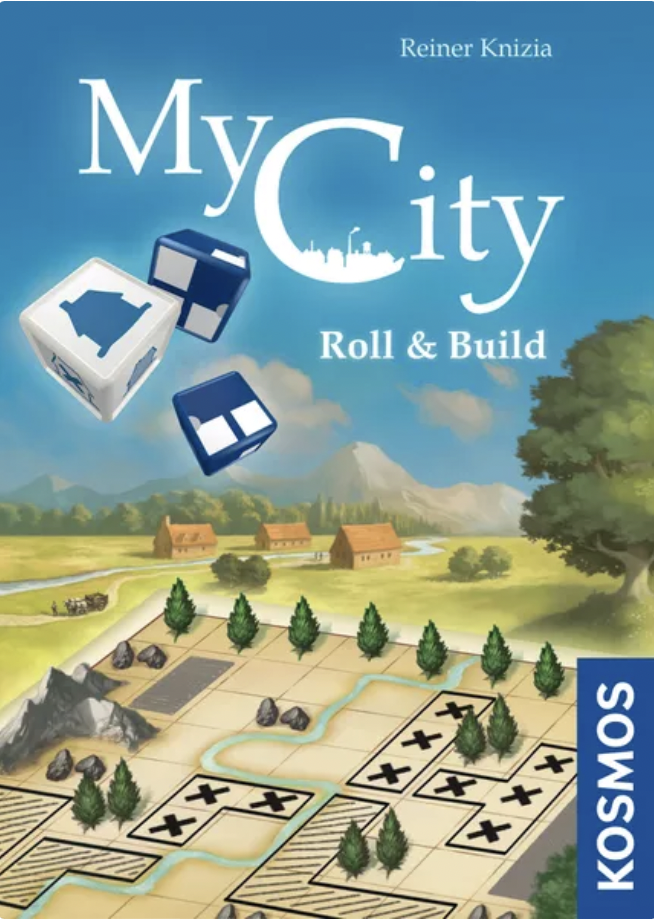

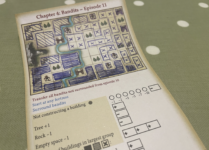
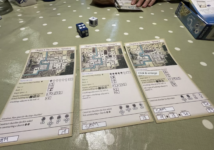


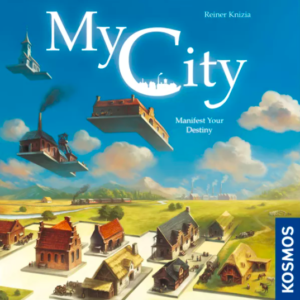

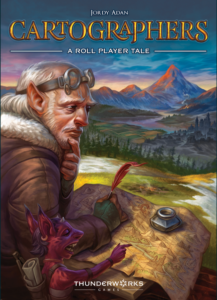
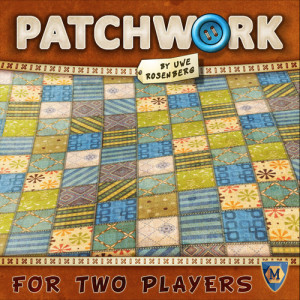

Sam says
An iteration of My City that has the advantages of both size - it's comparatively portable - and accessibility, being simpler and easier to teach. To enjoy any version of My City you need to enjoy the polyomino-puzzling of squeezing shapes into a space that's becoming increasingly too small to house them (much of the linked games to the right are built around that appeal) and don't expect much in the way of narrative immersion or boisterous interaction - this is a very much a puzzle game. But if that appeals, one cannot argue it isn't shrewdly judged in terms of design and cleverly constructed to generate an element of moreishness.